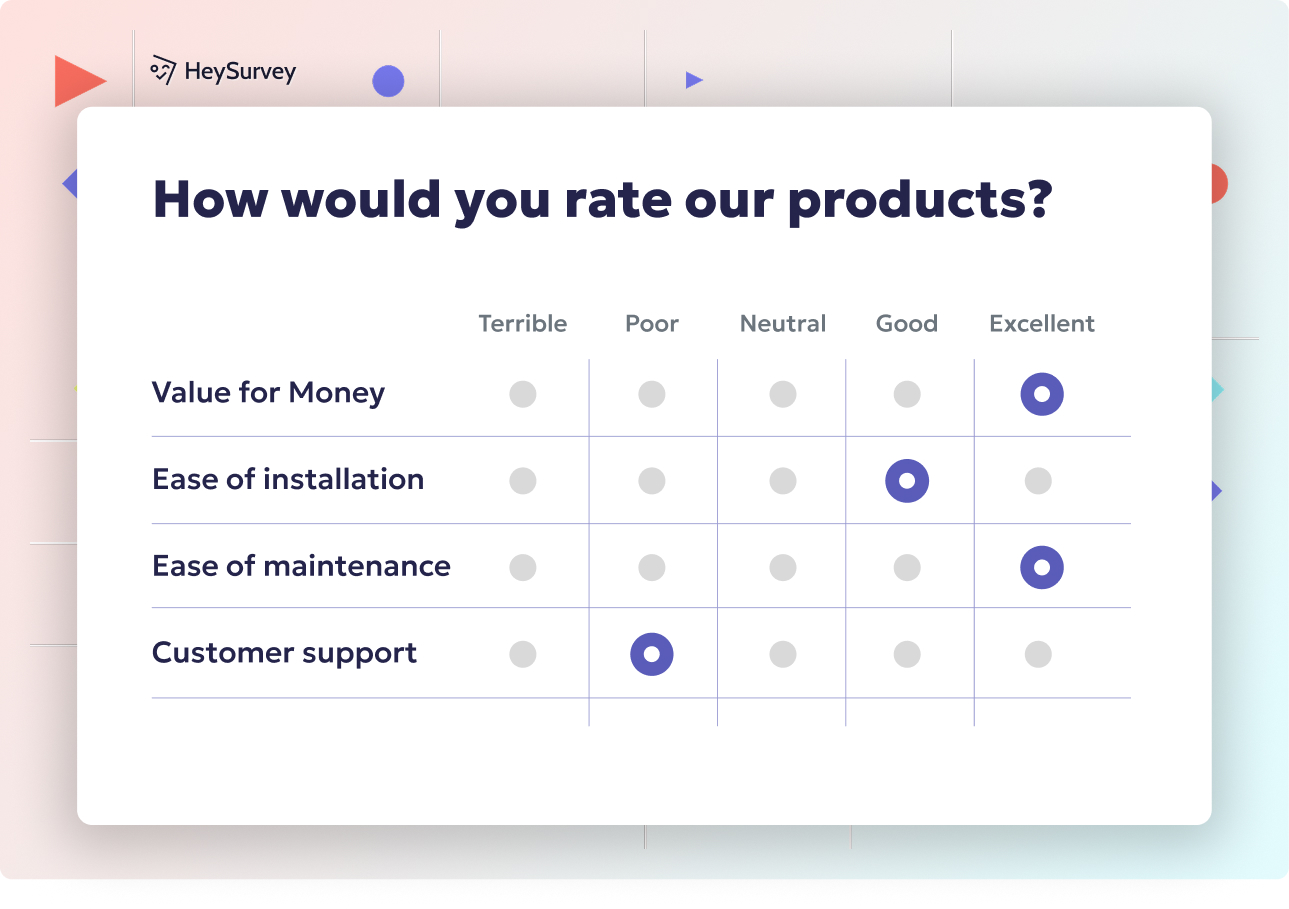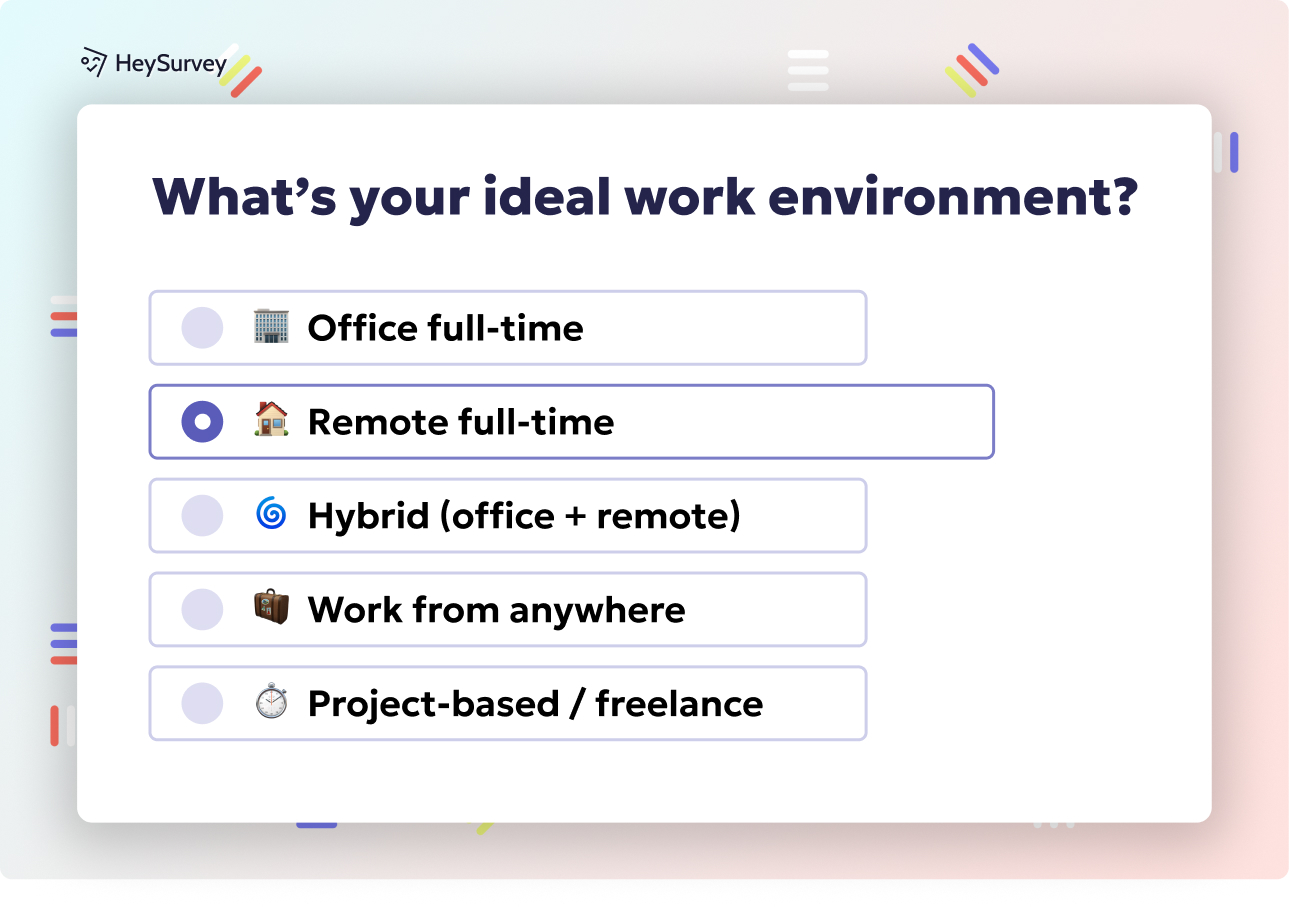31 Essential Math Survey Questions for Students PDF Guide
Discover over 30 sample math survey questions for students PDF covering anxiety, confidence, study habits, mindset, and classroom feedback.
The power of a great math survey shines brightest when it’s simple, shareable, and stress-free for students. Downloadable math survey PDFs bring clarity to classrooms, helping teachers uncover student feelings and study needs with ease. Whether you’re handing out a printable student questionnaire at the start of a new unit, doing a mid-term math check, or reaching for a free PDF math class feedback form after a big test, these surveys work for all ages—from curious first graders to college-level mathletes and tutoring groups. Let’s explore the best questions and practices for your next math survey in downloadable PDF format.
Math Anxiety Survey
What it Measures
When students freeze up at the thought of numbers, we call it math anxiety. This feeling can sneak up on even the brightest minds, making simple problems suddenly feel impossible. A math anxiety questionnaire PDF measures not just nervousness but those hidden butterflies that flutter before a test or during a math quiz game.
These surveys reveal how stress impacts a student’s ability to concentrate, remember steps, and solve problems. Teachers get a sneak peek into classroom emotions, paving a smoother path for learning. Reduce math stress by first understanding who’s feeling the pressure.
Why & When to Use
The best time to roll out a math anxiety survey is before the first big assessment, or even at the very start of term. Picture a room full of students—some tapping their pencils, others staring off in panic. Identify those feelings before they blow up. It’s like finding a wobbly wheel before a bike race.
This tool is perfect:
- When preparing for finals or high-stakes quizzes
- After a new math unit that students found tricky
- Whenever a student’s confidence seems to wobble
- For ongoing tutoring sessions that aim to boost comfort
That early detection means a teacher can leap into action, offering encouragement or researching new ways to teach tough concepts.
5 Sample Questions
I feel nervous solving math problems in front of the class.
My heart races when the teacher says we have a math quiz.
I avoid homework that has lots of numbers.
Group math activities make me less anxious than working alone.
I worry I’ll never understand math no matter how hard I try.
These questions peek into both emotional reactions and specific classroom moments, giving teachers a full map of student nerves.
The Abbreviated Math Anxiety Scale (AMAS) is a reliable 9-item questionnaire that effectively measures math anxiety in students. (frontiersin.org)
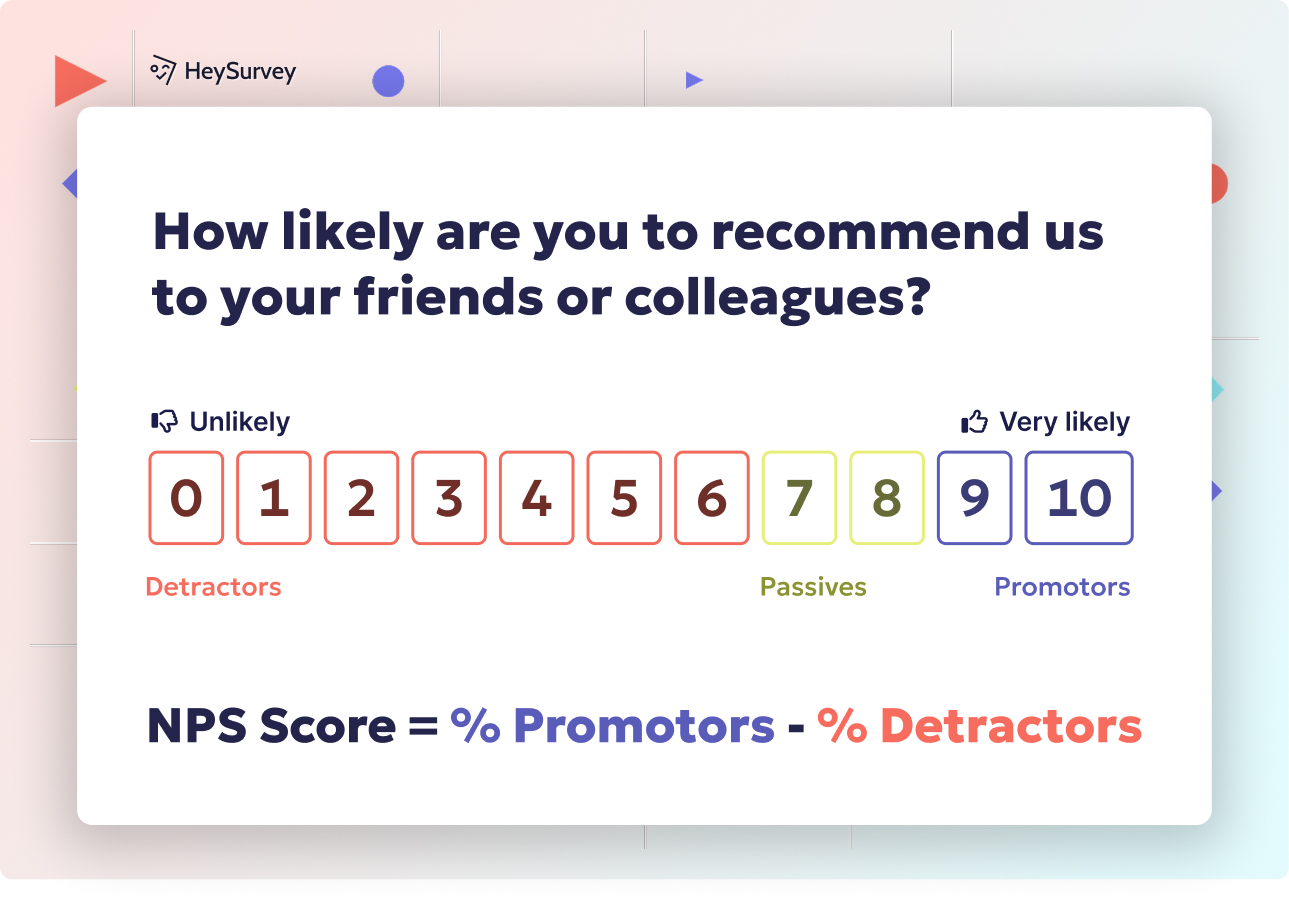
Creating a math survey with HeySurvey is a breeze, even if you’re brand new to the platform! Just follow these simple steps to get your customized survey up and running—perfect for gauging student attitudes, confidence, or study habits. Ready? Let’s dive in.
Step 1: Create a New Survey
Head over to HeySurvey and start fresh by choosing to create a New Survey. You have options here:
- Start from an Empty Sheet if you want total control.
- Pick a Pre-built Template tailored for education or math surveys to save time.
- Or use the Text Input Creation to type all questions and let HeySurvey format them for you.
Once you select your starting point, you’ll enter the Survey Editor, where you can give your survey a clear internal name like “Math Confidence Survey Jan 2024”. This helps keep your projects organized.
Step 2: Add Questions
Time to build your questionnaire! Click the Add Question button—you can do this at the top or between existing questions. HeySurvey offers tons of question types:
- Use Choice questions for multiple-choice or Likert scale formats—great for attitude or confidence surveys.
- Pick Scale for rating questions that measure agreement or anxiety.
- Add Text fields for open-ended responses, ideal for reflections or explanations.
- Remember, you can mark questions as Required to ensure students don’t skip key items.
Customize each question’s wording, add images if you want, and even duplicate questions to save time. Want to guide students through different paths based on their answers? Branching options let you do just that, making your survey smarter and more personalized.
Step 3: Publish Survey
Once you’ve crafted your perfect set of questions, hit the Preview button to see it through your students’ eyes. Adjust any design or wording in real time using the Designer Sidebar. Happy with the look and flow? Click Publish.
Publishing requires a HeySurvey account, so if you haven’t made one yet, this is the step to do it. After publishing, you’ll receive a shareable link you can embed in emails, websites, or digital classrooms. Responses will start streaming in, ready for easy analysis right within HeySurvey.
Bonus Step: Apply Branding
Want your survey to feel distinctly yours? Upload your school or program logo to the top left corner. Tweak colors, fonts, and background images with the Designer Sidebar to match your branding perfectly. It’s a subtle way to build trust and make surveys feel official.
Bonus Step: Define Settings
Click on the Settings Panel to control how your survey behaves. You can:
- Set specific start and end dates so students only see it during your intended window.
- Limit the number of responses if you’re piloting with a small group.
- Add a redirect URL to send students to a special page after they finish.
- Enable or disable options like allowing respondents to view overall results—a nice way to promote engagement.
Bonus Step: Skip Into Branches
For a next-level survey experience, use branching to tailor questions. For example, if a student indicates high math anxiety early on, you can automatically skip them to resources or encouragement questions. This ensures surveys don’t feel too long or irrelevant and gather richer data where it counts.
Now that you know the ropes, you’re perfectly poised to create, share, and analyze your math survey using HeySurvey. Feel free to get started with the downloadable template below and customize it to your heart’s content!
Math Attitude & Perception Survey
What it Measures
How do your students actually feel about math? Maybe they think it’s fun, boring, or “just for smart people.” A student attitudes toward mathematics survey shines a light on those often-hidden opinions. It measures not just preference, but a student’s big-picture view of math’s value.
This also touches on beliefs—does math seem relevant, challenging, or connected to real life? Math class feedback forms can reveal attitudes that might shape a student’s whole academic journey.
Why & When to Use
Teachers should run this survey at the beginning and end of a course. Compare answers and watch attitudes shift like magic—not always for the worse! It’s especially helpful:
- To understand how students see math as a subject
- Before and after introducing a real-world project
- When trying out new teaching methods
- Any time you want to liven up class discussions about why math matters
Positive changes can be tracked, but so can dips—fuel for rethinking what’s working (and what isn’t).
5 Sample Questions
Math is one of my favorite subjects.
I believe math is useful in real life.
I enjoy the challenge of complex problems.
I learn best when math connects to everyday examples.
I would take extra math classes if I could.
Simple as they are, these questions offer a treasure map for unearthing beliefs and unlocking new motivation.
A study found that students with positive attitudes toward mathematics tend to achieve higher mathematics scores, though the effect size is small. (researchgate.net)
Math Study Habits & Resource Usage Survey
What it Measures
You might be surprised by how students actually study—if they study at all! A math study habits questionnaire digs deep into things like time management, preferred materials, and secret study tricks. Math study habits questionnaire PDFs ask about everything from note-taking routines to preferred resources.
It goes beyond “Do you study?” to “How, when, and with what do you study?” Teachers get important insights for planning tutoring or review sessions.
Why & When to Use
Timing is everything: use this before an exam prep session to pinpoint study gaps. It also helps at the start of the school year, so you know what habits need building. This survey is a staple:
- Before launching math workshops or weekly study groups
- At mid-term as students prepare for big quizzes
- When new resources or technology are rolled out
Knowing when and how students use textbooks, videos, or apps sets the stage for more personalized guidance.
5 Sample Questions
How many hours per week do you study math outside class?
I review class notes the same day they are taken.
Which resources help you most? (videos, tutoring, textbooks, apps)
I create practice quizzes for myself.
I attend math help sessions when offered.
With the right responses, teachers can help students swap bad habits for solid, confidence-building routines.
Math Confidence & Self-Efficacy Survey
What it Measures
What’s the secret ingredient behind students who bounce back from tough math problems? It’s math confidence—the sturdy belief that “I can do this!” A math self-efficacy survey PDF measures that sense of “I’ve got this” and “I will figure it out.”
These questions are designed to gauge whether students feel capable, resilient, and resourceful in the face of challenges. It’s about more than just hope—it’s about students knowing they have the skills and strategies to succeed.
Why & When to Use
Use this survey after math workshops aimed at building confidence, or any time students have faced a particularly hard topic. Best scenarios include:
- After remedial sessions or enrichment programs
- Following a series of quizzes on a tough subject
- When rolling out new peer tutoring initiatives
- For end-of-term reflections on progress
Tracking student confidence over time also helps teachers tweak instruction and give shoutouts to those making big strides.
5 Sample Questions
I can figure out tough math problems on my own.
I expect to get good grades in math.
If I get stuck, I know strategies to keep trying.
Mistakes in math help me learn.
I can explain math ideas to classmates.
These questions encourage a growth-oriented reflection and act as a pulse check for self-belief in math.
A systematic review identified three effective categories of interventions to enhance students' mathematics self-efficacy: direct manipulation of self-efficacy sources, embedding self-efficacy features in teaching methods, and incorporating self-efficacy elements into learning strategies. (frontiersin.org)
Growth Mindset in Mathematics Survey
What it Measures
Ever heard someone grumble, “I’m just not a math person”? This survey flips that script. A growth mindset math questionnaire measures beliefs about whether math smarts are fixed or can grow with hard work. The focus is on resilience, open-mindedness, and learning from errors.
It uncovers how students view mistakes, feedback, and the possibility of getting better at math over time. Growth mindset math questionnaires are especially powerful after lessons on growth mindset or as part of student goal-setting.
Why & When to Use
Drop this survey into the mix right after goal-setting workshops or motivational talks. The best timing includes:
- At the start of a new grading period
- Before students set personal learning goals
- Following classroom lessons focused on perseverance
- During conversations about academic improvement
Surveying now and later shows stunning changes—for the better—as students see their abilities grow with effort.
5 Sample Questions
Anyone can become good at math with effort.
Struggling with math means I’m learning.
Feedback from my teacher helps me improve.
I set specific math goals each week.
My math abilities can grow over time.
A steady diet of these questions helps keep the “I can” spirit alive in any classroom.
Classroom Instruction & Engagement Survey
What it Measures
Are your math lessons hitting the mark or missing the target? The math class feedback survey explores how students feel about lesson pacing, classroom activities, and the overall energy of your instruction. It spotlights the impact of different teaching methods and how engaged your students feel.
Beyond just asking “Did you like today’s lesson?”, this survey reveals if activities spark understanding, if the class pace fits all learners, and if students are genuinely involved.
Why & When to Use
Mid-semester is perfect for a classroom check-in. Don’t wait for the year’s end—there’s plenty of time to switch things up if needed! This survey shines:
- After introducing new teaching tools or formats
- When students seem restless or disengaged
- As a recurring pulse check each grading period
- Before parent-teacher conferences
Response patterns guide teachers to celebrate what’s working and modify what isn’t.
5 Sample Questions
Lessons move at a pace that works for me.
In-class activities help me understand new concepts.
I feel comfortable asking math questions in class.
Real-world examples make math interesting.
Our homework aligns with what we learn in class.
Each answer gives a real-time snapshot of instruction and what’s truly connecting with your learners.
Technology Integration in Math Learning Survey
What it Measures
From graphing apps to online quiz games, technology has changed how students learn math. A technology in math education survey measures how helpful—and how hassle-free—these digital tools truly are. It covers favorite apps, homework tech struggles, and which gizmos bring math ideas to life.
Ask students how they use calculators, apps, or interactive simulations, and you’ll get frontline feedback before you spend another dime on new gadgets.
Why & When to Use
Bust out this survey when you’re about to adopt new technology or right after trying out a tech-heavy math unit. It’s a hit:
- Soon after adding new devices to the classroom
- During digital citizenship lessons
- As a check-in after assigning interactive math homework
- Before major tech purchases or software upgrades
The quick responses guide future investments and classroom choices.
5 Sample Questions
Math apps on my device help me practice skills.
Graphing calculators make concepts clearer.
I prefer interactive simulations over textbook examples.
Online quizzes give helpful feedback quickly.
Technical issues rarely stop me from completing math work.
Teachers spot which high-tech tools earn high marks—and which ones need a software update!
STEM Career Interest & Real-World Relevance Survey
What it Measures
Dreaming of building bridges, launching rockets, or designing apps? A STEM career interest survey evaluates how students picture their own futures in math-related fields. It also checks for awareness of the real-world relevance of what they’re learning now.
These surveys link everyday classwork to grown-up careers, helping students connect today’s graph paper with tomorrow’s job opportunities.
Why & When to Use
Roll out this survey leading up to project-based learning units or career day events. Best timing includes:
- The week before inviting a guest STEM speaker
- At the start of an engineering or coding unit
- When mapping high school courses to future jobs
- After a real-world math project or entrepreneurial simulation
Results guide teachers in bringing more “why does this matter?” moments to class.
5 Sample Questions
I can picture myself in a career that uses math daily.
Guest speakers have shown me how math is used at work.
I understand which math courses I need for my dream job.
Real-world math projects make class more engaging.
I follow STEM topics outside of school.
Their answers turn vague dreams into actionable plans—one survey at a time.
Best Practices (Dos & Don’ts) for High-Impact Math Surveys
Launching a survey isn’t just about printing papers or sending PDFs—it’s about making voices matter! Designing effective math surveys means setting clear objectives: what do you want to learn? Check that all questions fit your audience—use age-appropriate and clear language so younger students or non-native speakers can join in, too.
Use a mix of Likert scales (think: “Strongly Agree” to “Strongly Disagree”) and a sprinkle of open-ended points for deeper responses. Pilot test your survey with a small group, adjust anything confusing, then go big. Keep things anonymous to help students answer openly without fear.
Exporting results is a must—choose survey formats you can easily analyze with a spreadsheet or chart. Make sure your PDFs are mobile-friendly: large text, tap-able boxes, and simple layouts boost accessibility on every device. For ADA compliance, use clear fonts and check color contrasts for those with visual impairments.
Here’s what NOT to do:
- Don’t overload students with too many questions—keep it snappy!
- Avoid confusing jargon—they’re students, not robots.
- Steer clear of bias—questions must be fair for every background or ability.
- Don’t keep results to yourself—share big findings and let students see changes in action.
Taking these steps helps your math survey PDFs deliver honest insights, sparking better teaching and brighter learning across every grade.
A well-crafted PDF math survey gathers priceless insights in the most shareable, accessible way possible. Each question is a chance to unlock new understanding and real growth for learners of all ages. By blending clear feedback, student voices, and best practices, you’re set up to build a more dynamic and responsive math classroom. Ready to print, share, or click? Your next math survey PDF could be the first step to transforming math learning for everyone.
Related Student Survey Surveys
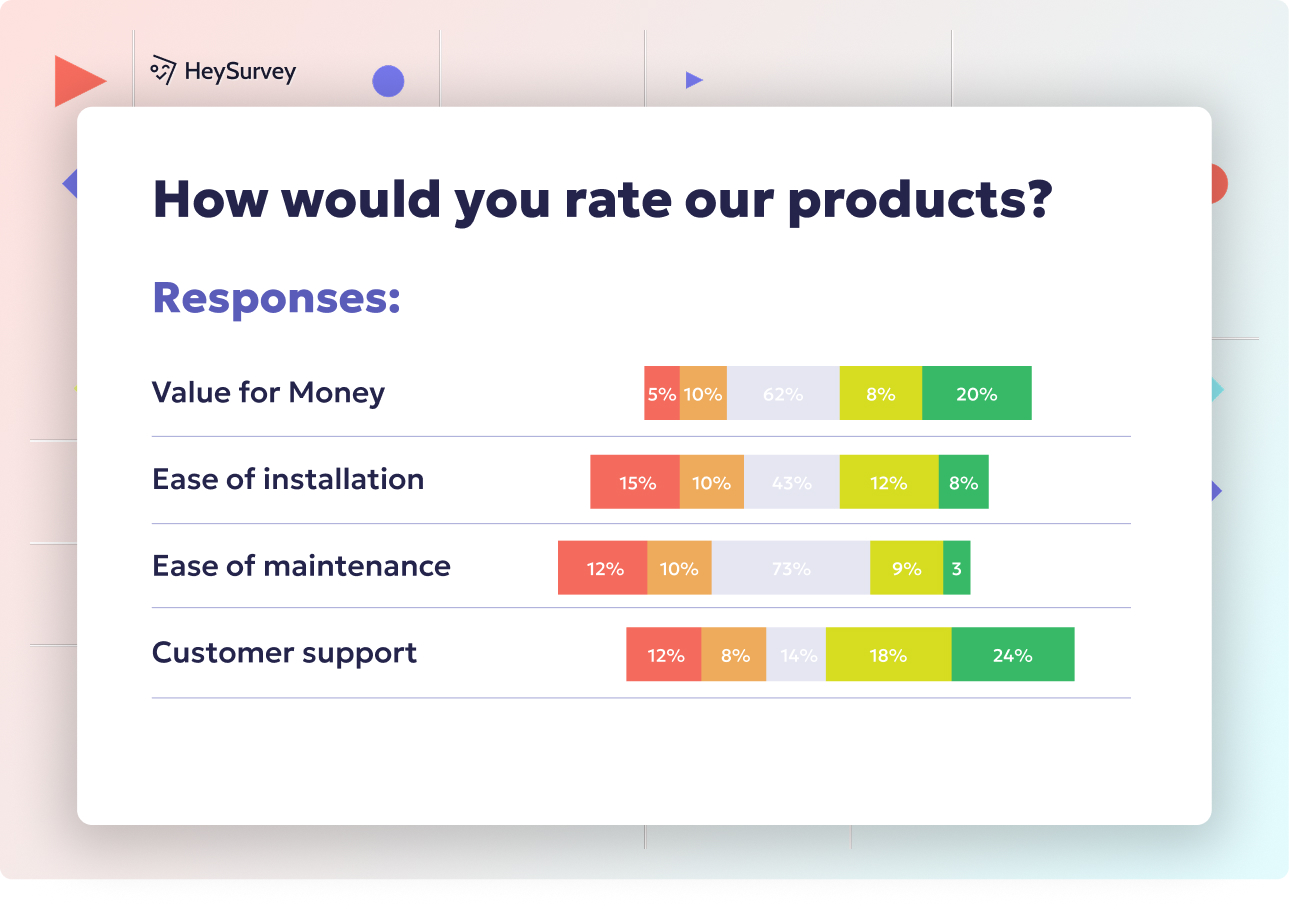
31 Survey Questions Examples for Students to Improve Learning
Discover 28 survey questions examples for students across 6 key types to boost engagement, feedba...
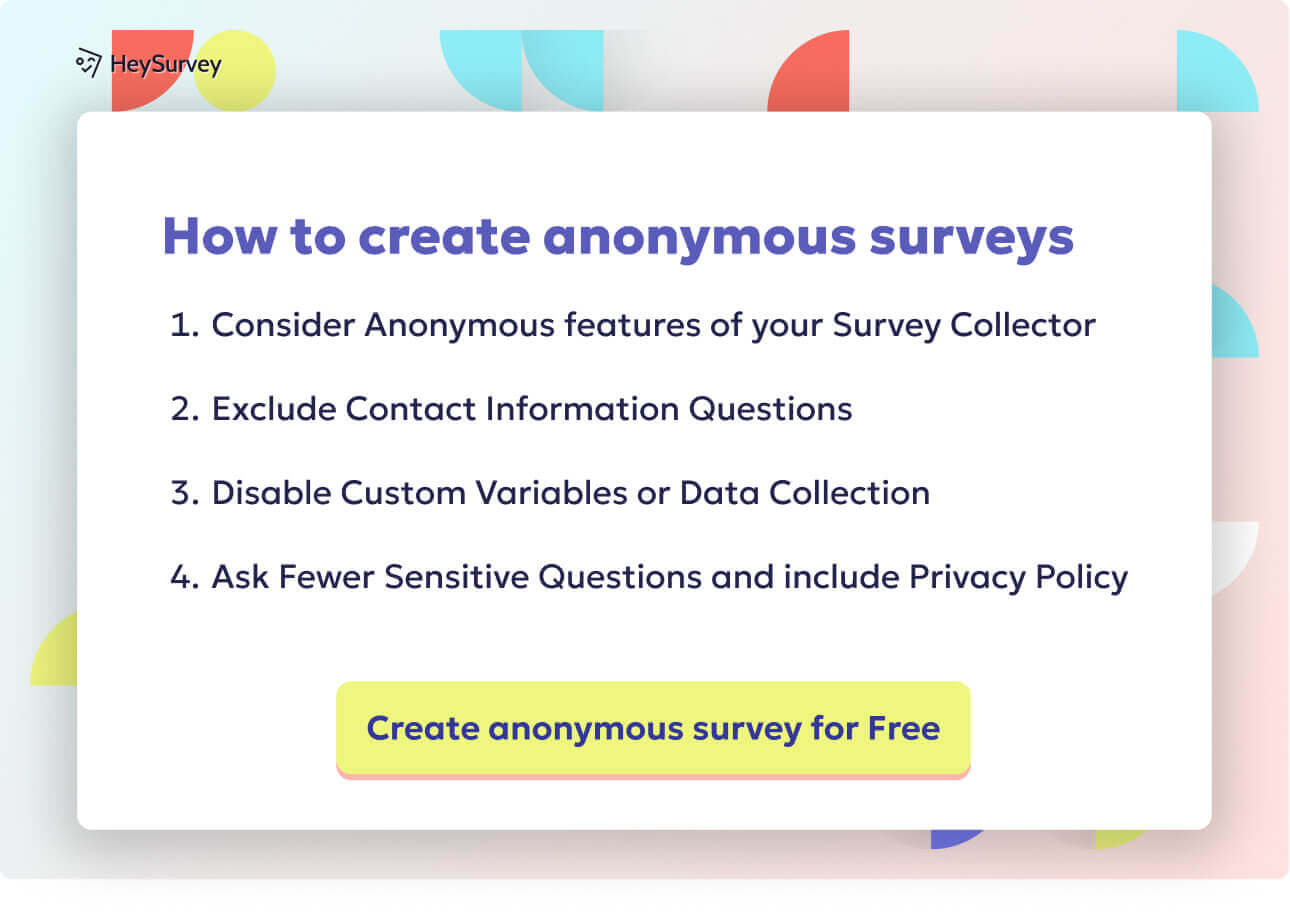
29 Class Survey Questions: Proven Templates for Every Stage
Discover 40+ proven class survey questions with detailed templates for every course stage to boos...

30 Survey Questions for Students: 6 Types & When to Use Them
Explore 6 powerful survey types with 30+ sample survey questions for students to boost engagement...
